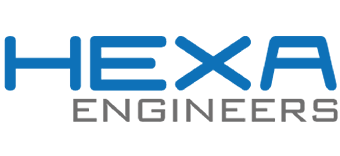Aggregation in industry, with pharmaceuticals as a model
Aggregation in the pharmaceutical industry Aggregation can be part of the serialization solution on production lines. Serialization involves adding a unique identifier to each product at the individual package level, that is, at the level that patients or customers receive the product. However, those individual products do not arrive from the production line to the patient or customer through the distribution chain as an individual product at the package level. Instead, multiple products are packed at the individual pack level into boxes and then multiple boxes are packed onto pallets. The pharmaceutical industry has long used tertiary packaging (package, box, pallet) to facilitate supply chain operations. This process provides easy access to serial numbers for all packages within tertiary packaging when establishing parent-child relationships. In this way, the serial number of the package and the drugs can be accessed without opening any tertiary packaging. Drug serial numbers can be found through the SSCC code without opening the box at any point in the supply chain. Pharmaceutical aggregation establishes a relationship between the SSCC of tertiary packages and the serial number of all drugs and packages in the pharmaceutical production process. Traceability can be defined as tracking the points of a product throughout the supply chain with an electronic record system. This electronic registration system is usually given by what is established in the legislation, so that all manufacturers follow certain instructions when serializing their products and enter the traceability records of all the parties involved.
Serialization and traceability
The pharmaceutical industry is, at the moment, the only industry in the world where the concepts of serialization and product traceability are fully applied. Something that is not accidental, since this industry has been struggling with the black market and counterfeiting for many years. Pharmaceutical serialization and traceability was first successfully implemented almost a decade ago, in 2012 in Turkey. From there, this successful implementation has served as an example of how to accelerate the publication of the regulations of the pharmaceutical monitoring system in all countries of the world. Also, it seems increasingly clear that pharmaceutical tracking systems, which are still very green in many countries, will see significant growth after the current pandemic and how it is changing many of the vectors in the industry. But it has not only been the pioneer, but the country with the most successful implementations in serialization and traceability in the world is Turkey without any doubt. End-to-end traceability implementations are currently being carried out in Turkey for medicines, vaccines, cigarettes and phytosanitary products, among others.









